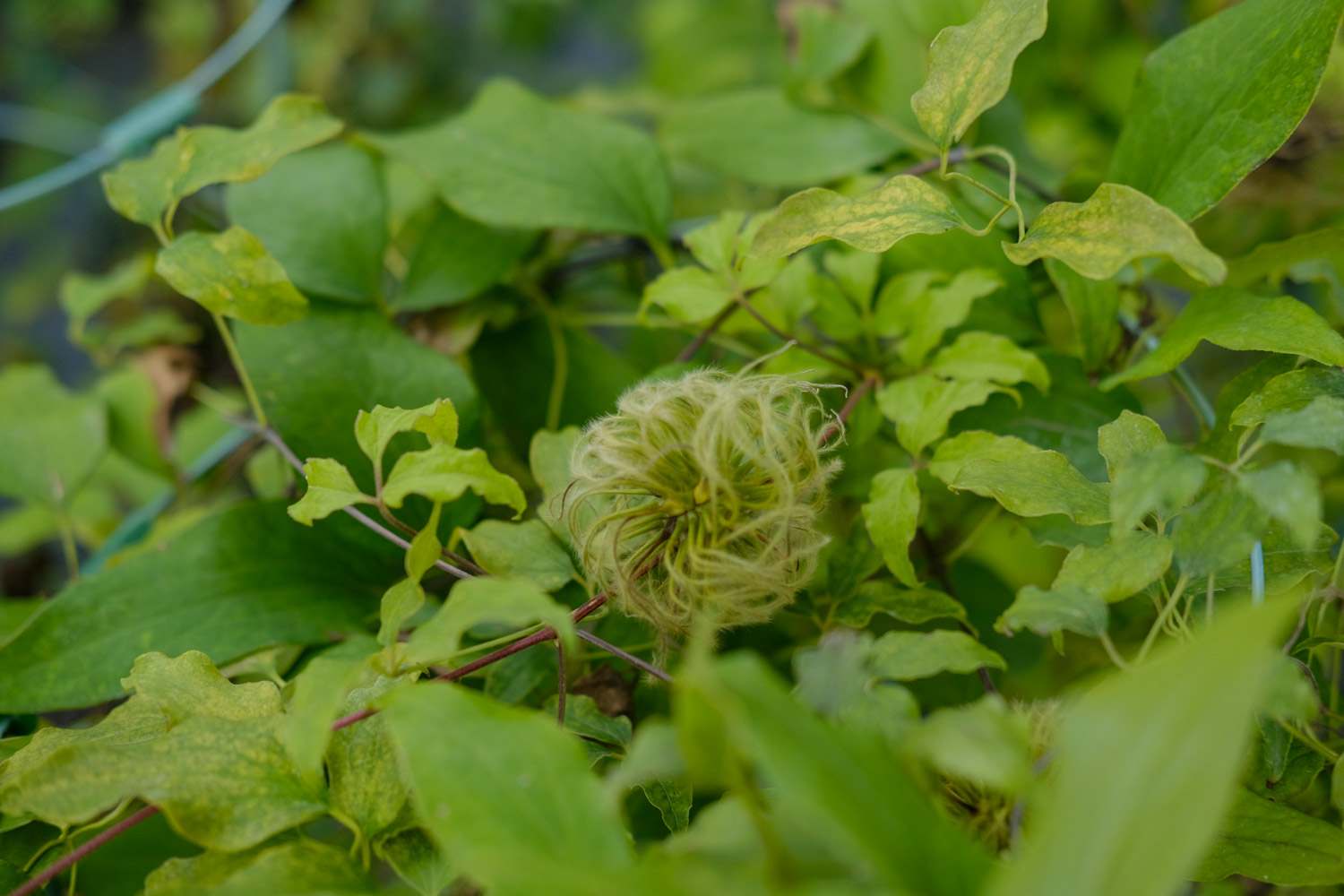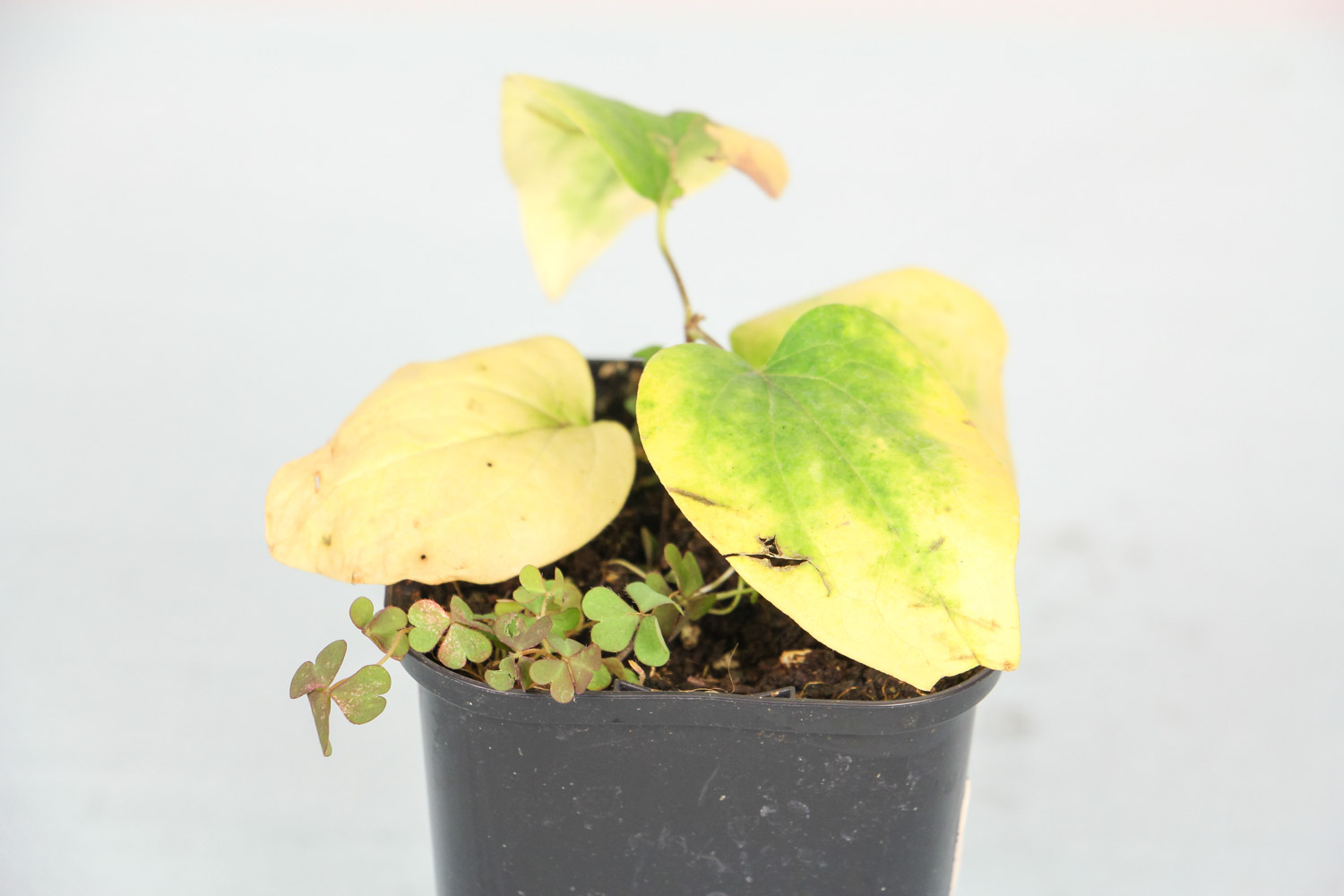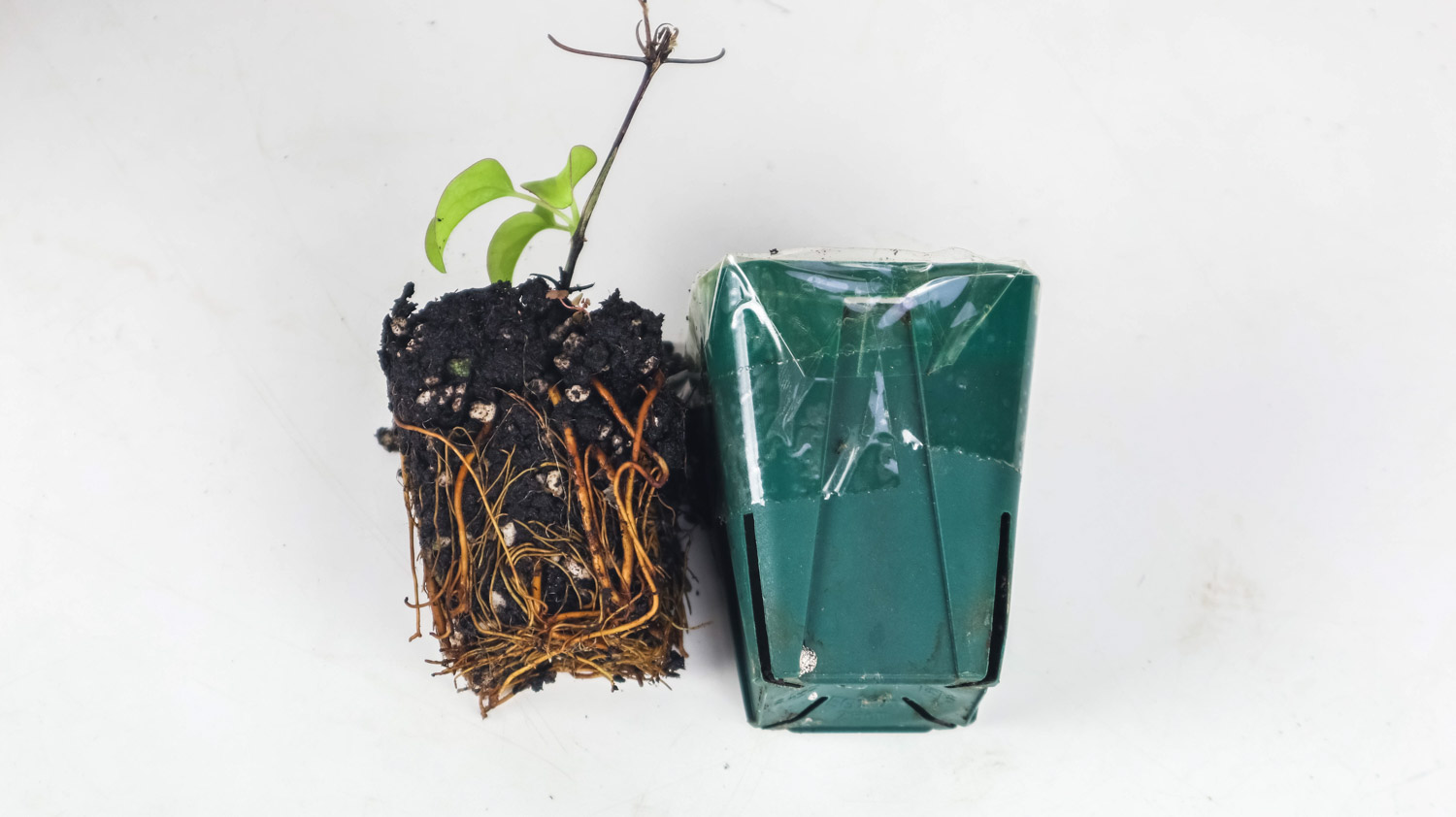1、 What soil is the best for Clematis
1. Fertile: Clematis needs nutrient support for its growth and a lot of nutrients for its flowering. Therefore, when maintaining it, it is recommended to use relatively fertile soil to cultivate it. Because such soil can provide more nutrients to the plant and make it grow better

2. Loose: loose soil should also be used when maintaining Clematis. There are many gaps in loose soil, so it has good air permeability. Breeding in such soil can make clematis root breathe fresh air, so as to improve its efficiency of absorbing nutrients and water
3. Weakly alkaline: Clematis is a flower that likes alkaline soil. When breeding, it should be cultivated with weakly alkaline flower soil with pH value slightly higher than 7.0. This can help increase its growth and make it grow better

2、 How to mix Clematis with soil
There are many ways to add soil to Clematis. The conventional method is to mix rotten leaf soil, garden soil and peat soil, and then add an appropriate amount of plant ash to adjust the pH to weak alkalinity. If you have earthworm manure on hand, you can also use three parts of garden soil, three parts of earthworm manure, three parts of peat soil, one part of ceramsite and a small amount of plant ash to prepare the soil for raising it. Such soil has high nutrient content and is more suitable for its growth


 how many times do yo...
how many times do yo... how many planted tre...
how many planted tre... how many pine trees ...
how many pine trees ... how many pecan trees...
how many pecan trees... how many plants comp...
how many plants comp... how many plants can ...
how many plants can ... how many plants and ...
how many plants and ... how many pepper plan...
how many pepper plan...




























